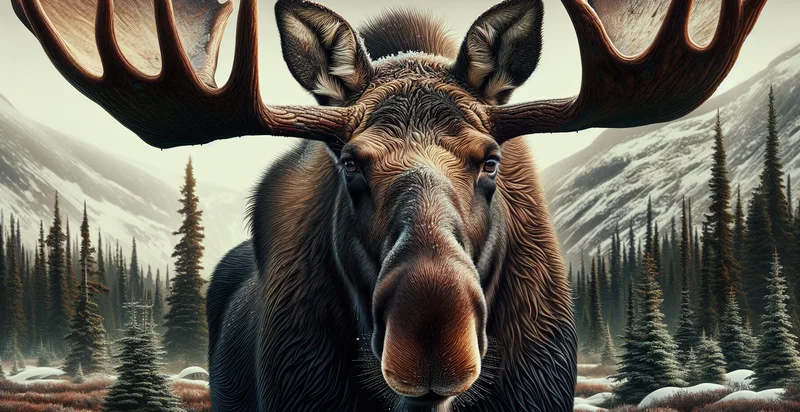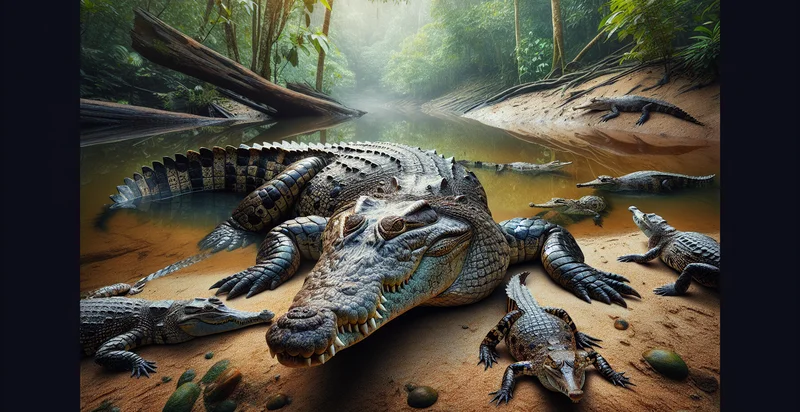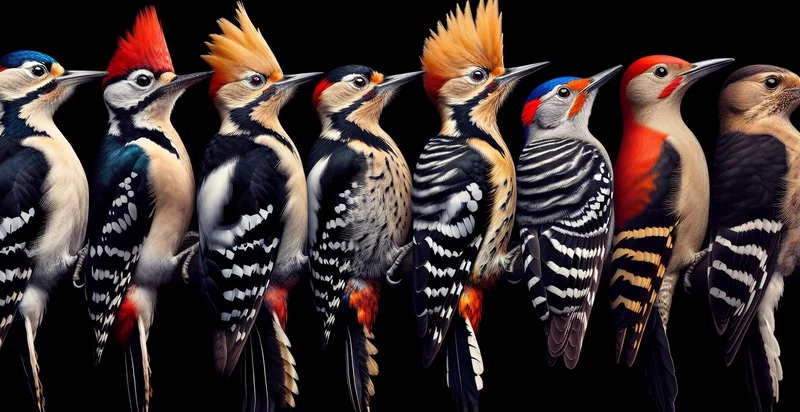Identify moose species
using AI
Below is a free classifier to identify moose species. Just upload your image, and our AI will predict which type of moose species it is - in just seconds.

Contact us for API access
Or, use Nyckel to build highly-accurate custom classifiers in just minutes. No PhD required.
Get started
import nyckel
credentials = nyckel.Credentials("YOUR_CLIENT_ID", "YOUR_CLIENT_SECRET")
nyckel.invoke("moose-species-identifier", "your_image_url", credentials)
fetch('https://www.nyckel.com/v1/functions/moose-species-identifier/invoke', {
method: 'POST',
headers: {
'Authorization': 'Bearer ' + 'YOUR_BEARER_TOKEN',
'Content-Type': 'application/json',
},
body: JSON.stringify(
{"data": "your_image_url"}
)
})
.then(response => response.json())
.then(data => console.log(data));
curl -X POST \
-H "Content-Type: application/json" \
-H "Authorization: Bearer YOUR_BEARER_TOKEN" \
-d '{"data": "your_image_url"}' \
https://www.nyckel.com/v1/functions/moose-species-identifier/invoke
How this classifier works
To start, upload your image. Our AI tool will then predict which type of moose species it is.
This pretrained image model uses a Nyckel-created dataset and has 5 labels, including Alaskan Moose and Eastern Moose.
We'll also show a confidence score (the higher the number, the more confident the AI model is around which type of moose species it is).
Whether you're just curious or building moose species detection into your application, we hope our classifier proves helpful.
Related Classifiers
Need to identify moose species at scale?
Get API or Zapier access to this classifier for free. It's perfect for:
- Wildlife Conservation: Wildlife conservations could utilize the moose species identifier to track the number and types of moose species in different regions, helping them to understand the biodiversity and make informed decisions to protect the endangered species.
- Ecological Research: Ecologists can employ this tool in their fieldwork to automate the collection of data relating to different moose species, improving the efficiency and accuracy of ecological studies.
- Content Filtering Platforms: Image and video sharing platforms can use the moose species identifier to help categorize and tag images or videos uploaded by users, offering a more efficient way to manage content.
- Outdoor Sporting Retailers: Retailers selling hiking and outdoor gear could use the identifier to add more depth to their product descriptions, by being able to accurately identify which moose species was photographed using specific cameras or equipment.
- Park Management: The tool can be used to help park rangers and officials accurately identify distinct moose species in their park, and ensure that relevant protection laws and guidelines are being upheld for each species.
- Tourism Industry: Tourism and adventure companies can use the identifier to provide customers accurate information about the moose species sighted during wildlife tours, enriching the overall customer experience and improving the quality of their services.
- Educational Institutions: Schools and universities can use this tool to give biology students practical experience in species identification, facilitating learning through hands-on experience.


